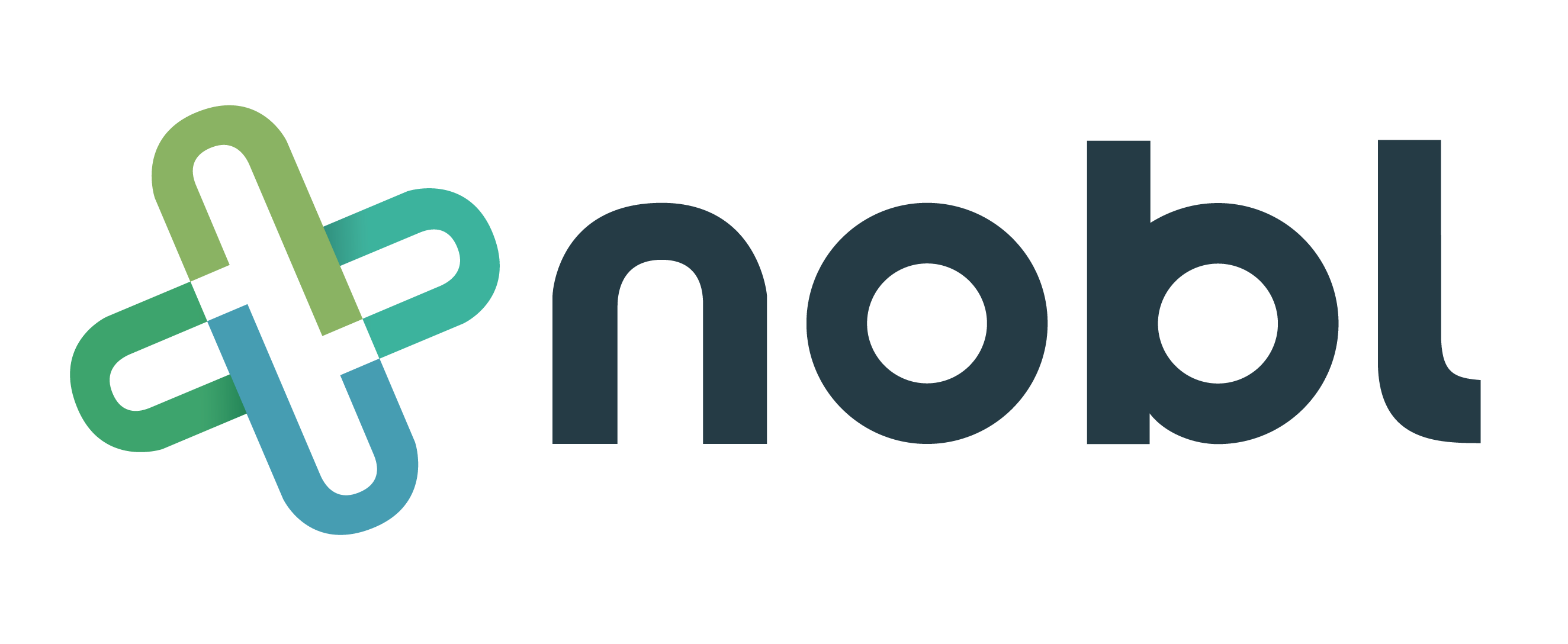
3 min read
Five Key Factors to Consider in Pediatric Leadership Rounding
Nobl Health Oct 9, 2023 5:34:00 AM
Pediatric leadership rounding, a process where a leader engages in dialogue with both the young patient and their family to discuss their healthcare experience, is commonly executed using a framework similar to adult rounding procedures. The core tenants of how a leadership round should be conducted remain true regardless of the age of the patient. However, organizations must consider the special circumstances of pediatric patients and the various factors that impact how to approach the round such as availability of family, age of pediatric patient and the type of care environment. In this article, we’re going to dive into the special considerations of a pediatric leadership rounding with a special focus on organizations that solely serve children.
1. Family involvement is paramount.
Recognizing that your primary focus during leadership rounding will be on effectively engaging the family to gain insights into their child's healthcare experience is a pivotal component in establishing a meaningful leadership rounding routine. This diverges from the conventional leadership rounding approach, which primarily centers around engaging the adult patient when they are capable of participating. One of the most significant hurdles can be pinpointing a moment when the family is available. Inquire with any healthcare provider at a children's hospital, and they will affirm that family members are not consistently present. Various factors can keep families away from the bedside, and even when they are present, it's crucial to identify a suitable time for conducting rounds that accommodates their availability.
2. Utilize multiple modes of communication to establish a connection with the family.
Organizations that have had success with rounding on children tend to have a multi-modal approach to leadership rounds. First, they try to visit the family in-person as the primary way to engage the family. If your organization does grand physician rounds with family, try to connect with the family briefly to learn what their schedule is for the day and either connect with them after grand rounds or plan for another date and time to talk. Second, some organizations may reach out with a phone call and email to connect with the family at a time convenient for both parties. Some organizations shy away from using the phone as a means to doing a leadership round because they are worried family will think something has gone wrong. Change the stigma around phone calls to be something that is seen as proactive and not an indication of a decline in the patient’s condition. Advertise your leadership rounding process early and often so family can expect a phone call if a connection in person can’t happen.
3. Assess your organization's policy regarding the practice of rounding on older pediatric patients when family members are not present.
Organizations should evaluate the appropriateness of conducting leadership rounds on pediatric patients based on the patient's age. Some organizations may opt to have a clear policy that leadership rounding must be done only when family is present. Others may decide that rounding on older pediatric populations without a parent involved would be acceptable. Having a policy will give your rounders clear guidance on if they should seek out family if they are not present or are free to engage the older pediatric patient.
4. Determine how frequently you desire to round
The frequency of leadership rounding required to achieve high patient satisfaction scores is not a one-size-fits-all answer and may vary depending on various factors such as the size of the unit, the patient population, and the specific goals and priorities of the organization. The first question to answer when establishing a leader rounding goal is to determine your end game: are you seeking to influence every patient's experience through this process or do you hope to obtain first hand feedback from a random sample size to learn, grow and improve upon?
If your goal is to impact patient satisfaction scores individually then it's important that every patient be visited by a leader during their stay. Nobl has previously studied the subject and found that those hospitals the 75th percentile or greater on average round on 71% of patients everyday Monday-Sunday. If you aim to use the results of rounding more for process improvement, therefore implementing interventions based on the feedback from rounds to move the needle on HCAHPS then a lower frequency or target could be set.
I have seen some organizations establish rounding goals based on how many staff are available to round each day and the time commitment expected for rounds. For instance, if you have three leaders each day to do rounds, each will spend one hour rounding, and the round is expected to take 10 minutes. In this case, you would have a unit-based goal of rounding on 18 patients a day. If the unit holds 24 patients, they may end up rounding on about 75% of the census each day if the unit is full.
5. Use your rounds to share the magnitude of children’s hospital services
Children's hospitals frequently provide a wide array of supplemental services aimed at enhancing the well-being of their young patients. While we advise maintaining a primary focus on rounding questions related to the outcomes of HCAHPS key drivers or quality/safety initiatives, there is merit in occasionally inquiring with families about their awareness of, or interest in, additional child and family support services for their child. This approach can effectively boost engagement with these services and ultimately elevate patient satisfaction levels. Some examples may be: chaplain, service dog, child-life services, reiki therapy, parent support groups, and tutoring.
As evident, children's hospitals exhibit both commonalities and distinctions when compared to adult healthcare settings concerning the approach to leadership rounding on patients. When initiating your leader rounding program, it is advisable to remain adaptable and willing to adjust the process or approach based on the feedback received from your rounding team. With time, you'll discover the optimal blend of decisions that align with your organization's specific needs.
Blog written by:
Katie Haifley, CPXP
Nobl Co-founder COO/CMO
New Free eBook
Best Practices for Sharing and Reviewing Data from the Nobl Rounding Platform
Beryl Institute Case study
Improved First Impressions at Your Front Door - Patient Ambassador Rounders Enhance the Patient Experience of a Busy Emergency Department
Recent Posts

Five Key Factors to Consider in Pediatric Leadership Rounding


